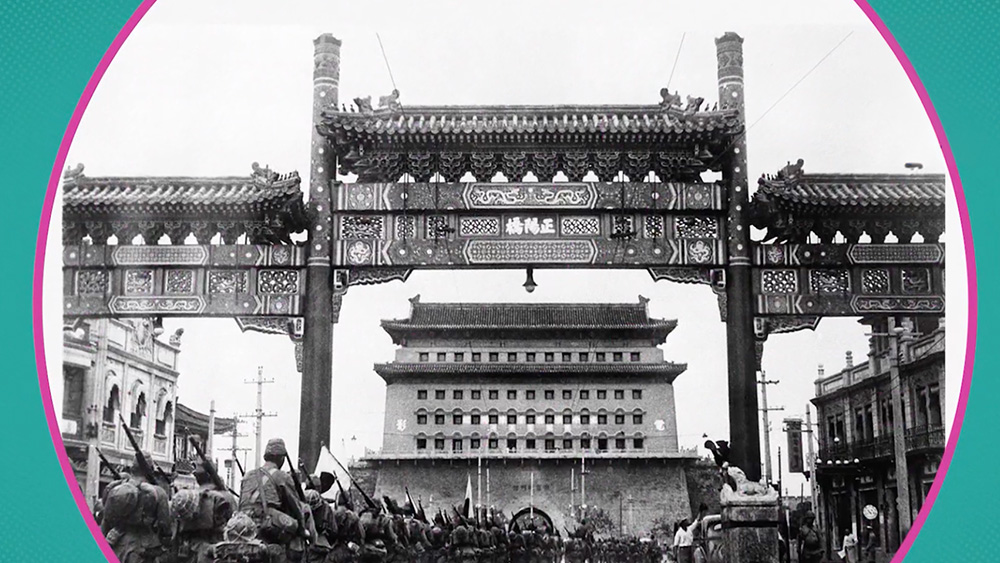Unit 7: Interwar and World War II
1919 – 1945 CEFrom economic collapse to the rise of dictators, the world faced growing instability after World War I. Survey the choices and conflicts that threw nations into another global war and left a legacy that still echoes today.
Interwar
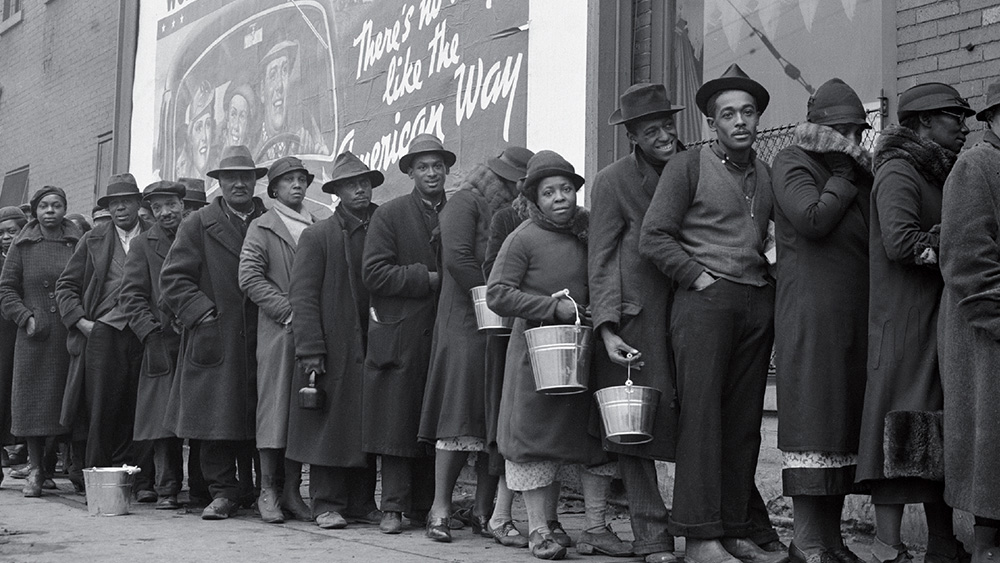
Lesson 7.2
The Great Depression
The political and social fallout from the Great Depression shook societies across the globe. Learn how the US stock-market crash spiraled into a worldwide economic disaster and set the stage for bigger conflicts ahead.
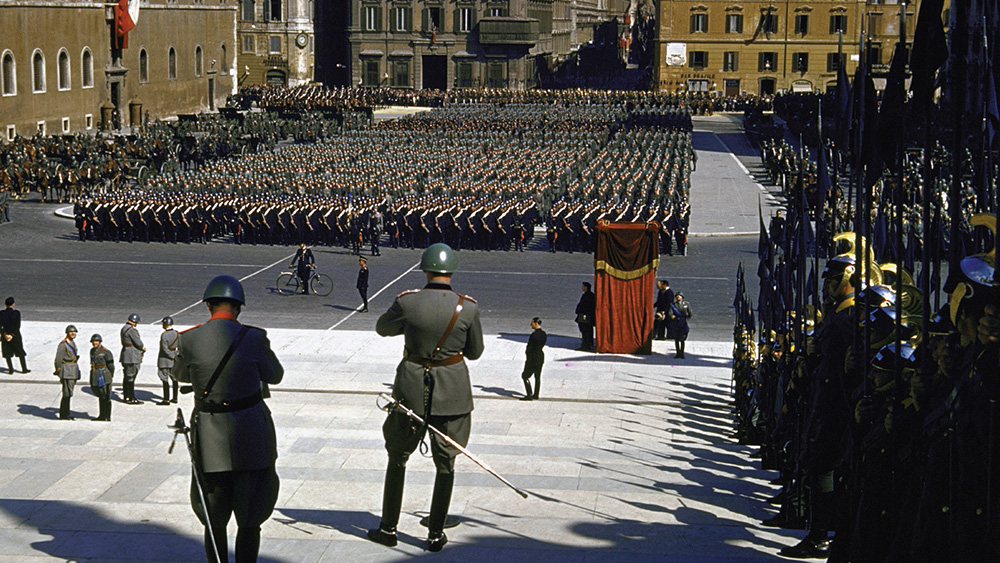
Lesson 7.3
Fascism and Internationalism
In the shadow of World War I, some nations pushed for peace and cooperation while others promised strength through control. Examine the forces that drove these decisions, and the consequences that followed.

Lesson 7.4
Comparing Authoritarianism
Not all authoritarian governments looked alike, but they had a lot in common. It’s important to spot the patterns—but also challenge the idea that there’s just one version of dictatorship.
World War II
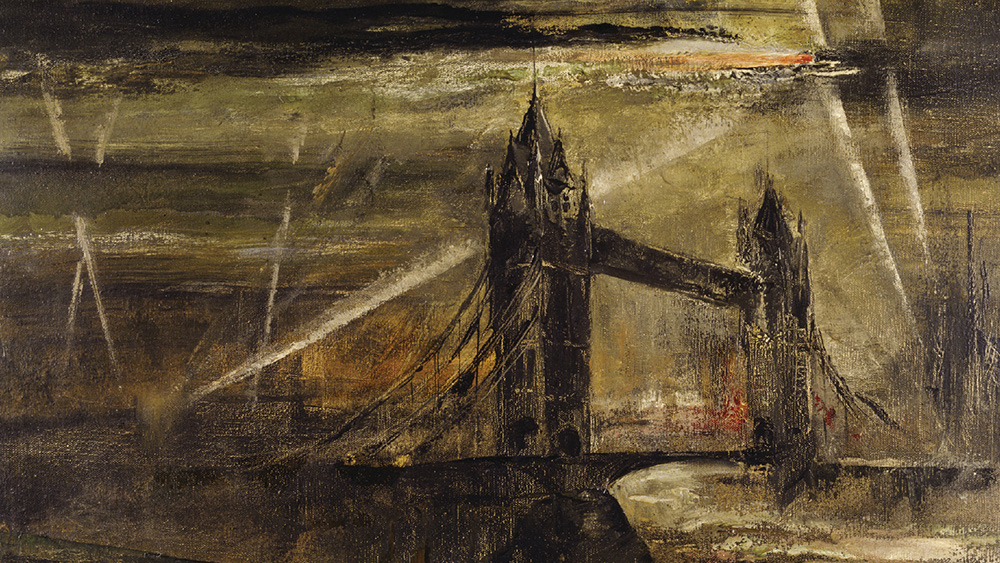
Lesson 7.5
Causes of the Second World War
Why did another world war break out just two decades after the first? Unpack the complex causes behind the most destructive war in history.
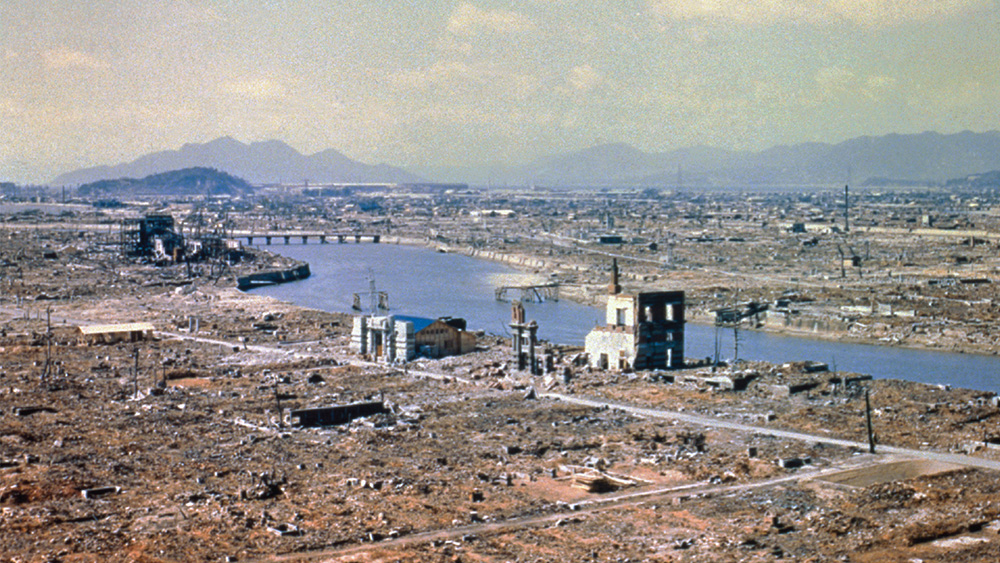
Lesson 7.6
The Cost of Global War
The cost of World War II can’t be measured in numbers alone. Explore the human toll of global war and the birth of nuclear-age diplomacy.

Lesson 7.7
The Holocaust
The Holocaust was a crime on an unimaginable scale. Trace its causes, acts of resistance, and the lasting impact it had on justice and human rights around the world.
 Teaching This Unit
Teaching This Unit
Unit 7 Vocab
Key Unit 7 vocabulary words and definitions.

Graphic Bios Guide
How to incorporate graphic biographies into the classroom.

Vocabulary Guide
Strategies and routines for building vocabulary.

Assessment Guide
Learn about OER Project’s approach to assessment.

Data Literacy Guide
Clear, concise strategies to help teach data literacy and build student confidence with data visualizations.

Unit 7 Teaching Guide
All the lesson guides you need in one place.
